-
About
- About Listly
- Community & Support
- Howto
- Chrome Extension
- Bookmarklet
- WordPress Plugin
- Listly Premium
- Privacy
- Terms
- DMCA Copyright
- © 2010-2025 Boomy Labs


 Juanita T.
Juanita T.
Listly by Juanita T.
Comprehensive collection of resources for instructional designers and other educators focused on pedagogy styles, trends, strategies, tools, etc. Areas of focus include, but are not limited to: connected learning, social learning theories, and principles of instructional design.

If designers are going to advocate for all that design can offer, they must embrace presentation and corporate strategy as their areas of influence and responsibility. In this post I’d like to share…

Connected Learning Alliance © 2017 CLA.
All rights reserved. Powered by DML Hub.
Media Contact: newsletter@clalliance.org
Connected Learning Alliance
4012 Humanities Gateway Building
Irvine, CA 92697-3350
USA
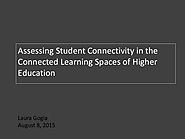
Assessing Student Connectivity in the Connected Learning Spaces of Higher Education Laura Gogia August 8, 2015
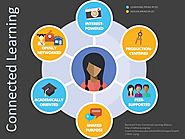
Infographic that succinctly explains the facets of connected learning.

The latest Tweets from Dr. Laura Gogia (@GoogleGuacamole). MD, PhD. Principal of Bandwidth Strategies, Senior Learning Architect at iDesign. Tweets are my own. RVA (etc.)
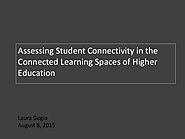
Assessing Student Connectivity in the Connected Learning Spaces of Higher Education Laura Gogia August 8, 2015
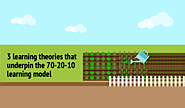
Often 70:20:10 is seen as a learning theory, but it’s actually more of a learning model that is supported by a number of learning theories.


Learning while working is a framework that combines the 70:20:10 concept with design thinking. The framework enables learning professionals to generate new ideas about how to accelerate learning at work.
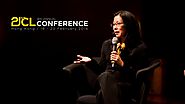
In this talk at the 8th Annual 21st Century Learning Conference, Professor Mimi Ito talks about the challenges and opportunities around connected learning an...

Mimi Ito is a Professor in Residence at the Department of Anthropology and the Department of Informatics at the University of California, Irvine, and serves ...
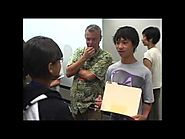
Stephen Tschudi, specialist in technology for language education at the University of Hawai'i, discusses important principles for sequencing language learnin...

Welcome readers! This blog covers topics related to the issues of instructional design and technology in libraries. All posts can be found under the Blog Posts heading. Special topics are shown as separate headings. The newest heading is Systems Thinking, which will include posts related to a course I am currently taking.
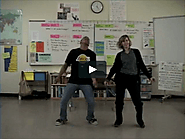
Artist and high school teacher D'Ette Nogle learns how to dougie. She, also, does not believe in a god who doesn't dance.

This webinar explores how contemplative practices can deepen feminist and critical race pedagogies in Women’s Studies, Ethnic Studies, and other courses about…

A ridiculously rich resource for those who would like to learn more about various literacy types and the models/plans that support them. ACRL is the academic library division of the American Library Association.

CML MediaLit Kit™ / A Framework for Learning and Teaching in a Media Age
Now all together in one place, the components of inquiry-based media literacy using the Five Core Concepts and CML’s Five Key Questions of Media Literacy. Covers media literacy:
· Theory · Practice · Implementation

Here is a list of iOS, Android, stand-alone software, Web-based applications, articles, and other resources to support flipped classroom learning e...
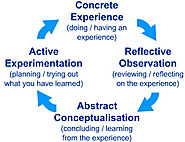
Kolb's experiential learning theory works on two levels: a four stage cycle of learning and four separate learning styles. Much of Kolb’s theory is concerned with the learner’s internal cognitive processes.
Kolb's Learning Style Questionnaire - Preferred Learning Styles for Adults
As educators, occasional reflection on our own development experiences should be a part of ongoing assessment strategies as we try to engage learners.
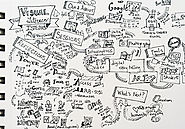
By Tracy Clark - 40+ sessions at ISTE featured visual literacy, and even beyond that there was opportunities for encouraging and exploring digital mediums.

The techniques editors use to shape film and video content reveal a lot about how people create meaning in the world. Some guidelines.

Teaching Hard History
Slavery played a central role in the development of the United States, but the way we teach it doesn't reflect that fact. Our cover story for the Spring 2018 issue gives you a sneak preview of Teaching Hard History: American Slavery—our new initiative to help educators better teach about our painful past and about how it affects our present.
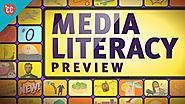
Join Jay Smooth next week for the start of our next miniseries: Crash Course Media Literacy! Jay: https://twitter.com/jsmooth995 http://www.illdoctrine.com *...
